

Articles
How To Store A Cord Of Wood
Modified: October 20, 2024
Learn effective ways to store a cord of wood with our comprehensive articles. Discover tips and tricks for proper wood storage to ensure long-lasting and efficient burning.
(Many of the links in this article redirect to a specific reviewed product. Your purchase of these products through affiliate links helps to generate commission for Storables.com, at no extra cost. Learn more)
Introduction
Storing firewood properly is essential to ensure a steady supply of dry and well-seasoned wood for your fireplace or wood-burning stove. A cord of wood, which measures 4 feet high by 4 feet wide by 8 feet long, can provide enough fuel to keep your home warm and cozy throughout the winter. However, improper storage can lead to dampness, rot, and even insect infestation, making it difficult to burn and significantly reducing its heating efficiency.
In this article, we will provide you with a comprehensive guide on how to store a cord of wood effectively. From selecting the right location to properly stacking and organizing your woodpile, we will cover all the necessary steps to ensure your firewood remains dry, accessible, and in ideal condition for burning.
By following these tips and techniques, you can save money by maximizing the efficiency of your firewood and avoid the frustration of trying to burn wet or rotting logs. So, let’s get started and learn how to store a cord of wood like a pro!
Key Takeaways:
- Properly storing a cord of wood is crucial for maintaining a steady supply of dry and well-seasoned firewood. From selecting the right location to monitoring and maintaining the woodpile, each step plays a vital role in optimizing wood storage.
- Efficient wood storage not only saves money but also ensures a consistent supply of high-quality firewood for a warm and cozy home. By following the guidelines and tips provided, anyone can become a pro at storing a cord of wood.
Read more: How To Store Wood Scraps
Selecting the Right Location
Before you start stacking your firewood, it’s crucial to choose the right location for your woodpile. The ideal location should provide protection from the elements and promote proper air circulation for drying the wood. Here are some factors to consider when selecting the right location:
- Proximity to the House: It’s best to store your firewood as close to your house as possible. This makes it easier to transport the wood indoors during cold weather and minimizes the risk of unwanted pests making their way into your home.
- Sunlight Exposure: Find a spot that receives adequate sunlight throughout the day. Sunlight helps to dry out the wood and prevent moisture buildup, reducing the chances of rot or mold growth.
- Drainage: Ensure that the location has proper drainage to prevent waterlogging. Avoid low-lying areas or places prone to pooling water, as excessive moisture can damage the wood and make it difficult to burn.
- Air Circulation: Look for a spot with good air circulation around the woodpile. This will help speed up the drying process by allowing air to circulate and remove moisture from the logs.
- Protection from Rain and Snow: Ideally, position your woodpile under a roof or build a waterproof cover to protect it from rain and snow. This will help keep the wood dry and ready to burn when you need it.
Once you’ve found the right spot, clear the area of any vegetation or debris that could potentially attract insects or retain moisture. By providing a suitable location for your woodpile, you are setting the foundation for successful firewood storage.
Preparing the Storage Area
Now that you have selected the right location for your woodpile, it’s time to prepare the storage area to ensure optimal conditions for your firewood. Follow these steps to prepare the storage area:
- Clean the Ground: Clear the ground where you plan to stack the firewood. Remove any grass, weeds, or other vegetation that could harbor moisture or pests. This will help prevent rot and discourage insect infestation.
- Level the Surface: Ensure that the ground is level and even. A flat surface will provide stability and prevent the woodpile from leaning or collapsing. You can use a rake or shovel to level the ground if necessary.
- Lay a Base: To further protect the wood from ground moisture, it’s beneficial to lay a base. This can be done by placing pallets, bricks, or other non-absorbent materials on the ground. The base will create a barrier between the wood and the dampness of the soil.
- Provide Ventilation: Adequate airflow is essential to prevent moisture buildup in the woodpile. To encourage ventilation, space out the base materials or use wooden pallets that allow air to circulate beneath the stack.
- Elevate the Woodpile: If possible, elevate the woodpile slightly off the ground. This can be achieved by placing blocks or bricks underneath the base materials. Elevating the woodpile prevents direct contact with the ground and enhances drainage.
- Set Boundaries: Define the boundaries of your storage area. Use stakes or markers to clearly outline the designated space for your firewood. This will help keep the woodpile organized and prevent it from sprawling or encroaching on other areas.
By taking the time to properly prepare the storage area, you are creating a stable and suitable environment for your firewood. These steps will ensure that your woodpile remains dry, free from pests, and ready to provide warmth during the colder months.
Building a Wood Storage Rack
A sturdy and well-built wood storage rack is essential for organizing and supporting your firewood. It helps keep the woodpile off the ground, promotes proper airflow, and prevents the logs from falling or rolling. Here’s how you can build your own wood storage rack:
- Choose the Design: There are various designs available for wood storage racks, such as A-frame, horizontal, or vertical. Select a design that suits your space and storage needs. You can find pre-made rack kits or build one from scratch using lumber and basic tools.
- Gather the Materials: Depending on your chosen design, gather the necessary materials, such as treated lumber for the frame, screws or nails, and a saw. Measure the dimensions of your woodpile to determine the size of the rack.
- Prepare the Lumber: Cut the lumber pieces according to the dimensions needed for your rack. Sand any rough edges to prevent splinters and ensure a smooth finish.
- Assemble the Frame: Follow the design instructions or your preferred layout to assemble the frame. Use screws or nails to secure the pieces together. Ensure that the frame is level and sturdy to withstand the weight of the firewood.
- Add Support Bracing: Depending on the height and length of your rack, it may benefit from additional support bracing. This can be done by adding crossbars or diagonal braces to reinforce the structure and prevent wobbling.
- Position the Rack: Place the wood storage rack in the designated area, ensuring that it is level and stable. If necessary, use shims or adjust the ground surface to achieve stability.
- Test the Stability: Before stacking the firewood, test the stability of the rack by pushing on it gently. Make any necessary adjustments or reinforcement to ensure it can handle the weight of the woodpile.
Building a wood storage rack allows you to customize the size and design to fit your specific needs. It provides a convenient and organized solution for storing firewood, allowing for proper drying and easy access when you need to fetch logs for burning.
Stacking and Organizing the Wood
Properly stacking and organizing your firewood is vital for efficient storage and accessibility. A well-organized woodpile not only maximizes space but also promotes airflow and ensures that the wood is easily accessible when needed. Here are some tips for stacking and organizing your firewood:
- Stack in Rows: Start by stacking your firewood in rows, either vertically or horizontally, depending on your available space and preference. Stacking the wood in rows allows for easier access and prevents the pile from becoming unstable.
- Alternate End Orientation: To enhance stability, alternate the end orientation of the logs in each row. This technique, known as crisscrossing, helps create a self-supporting structure and prevents the woodpile from toppling over.
- Leave Air Gaps: When stacking the wood, leave small gaps between each log. These gaps allow air to circulate through the woodpile, promoting better drying and reducing the chances of mold or rot.
- Stack in a Staircase Pattern: As you build the woodpile higher, consider stacking the logs in a staircase pattern. This technique involves gradually stepping back the rows, ensuring that the pile remains stable and does not lean.
- Keep it Neat: Maintain a neat and tidy woodpile by adjusting any logs that may have shifted or fallen out of place. Keeping the woodpile organized not only enhances visual appeal but also makes it easier to locate and retrieve logs when needed.
- Use Bracing or End Supports: For taller woodpiles, it may be necessary to use bracing or end supports to prevent the logs from falling over. This can be achieved by adding crossbars or vertical supports at the ends of the woodpile to enhance stability.
- Separate Seasons: If you have both seasoned and unseasoned firewood, it’s essential to keep them separated. Stacking them in different sections or clearly marking the piles helps ensure that you’re using the oldest wood first and allowing the newer logs to continue seasoning.
By following these stacking and organizing tips, you can maintain a tidy and efficient woodpile. This not only makes it easier to access and use your firewood but also helps maximize the drying process, ensuring that you have a steady supply of dry logs for burning.
Store your cord of wood off the ground to prevent moisture and rot. Use a firewood rack or create a raised platform with pallets or bricks. Keep the wood covered with a tarp to protect it from the elements.
Read more: How To Store Wood Stain
Covering and Protecting the Wood
Properly covering and protecting your firewood is essential to keep it dry and protected from the elements. Exposure to rain, snow, and excessive moisture can lead to dampness and rot, rendering the wood difficult to burn. Here are some tips for covering and protecting your firewood:
- Use a Tarp or Waterproof Cover: Invest in a high-quality tarp or waterproof cover to protect your woodpile. Ensure that the cover is large enough to fully encompass the woodpile and extend beyond the edges. Secure the cover tightly using bungee cords, ropes, or straps.
- Slope the Cover: When placing the cover over the woodpile, make sure to slope it slightly to allow rainwater to run off. This prevents water from pooling on top of the tarp and seeping into the wood.
- Avoid Plastic Covers: While plastic covers may seem like a good idea, they can actually trap moisture and hinder proper airflow. Opt for breathable waterproof covers instead, such as tarps made specifically for firewood storage.
- Elevate the Cover: If possible, elevate the cover slightly off the woodpile by using sturdy poles or PVC pipes. This helps prevent water from pooling on top of the cover and enhances air circulation.
- Keep the Sides Open: While it’s important to cover the top of the woodpile, it’s equally important to leave the sides open for proper ventilation. This allows air to circulate through the stack, facilitating the drying process and preventing the growth of mold or mildew.
- Inspect the Cover Regularly: Periodically check the condition of the tarp or cover to ensure it’s intact and providing adequate protection. Replace any damaged or worn-out covers promptly to prevent moisture from seeping in.
- Maintain Distance: If you have a shelter or shed for storing firewood, ensure there is sufficient distance between the woodpile and the walls. This allows air to circulate and prevents moisture buildup against the structure.
- Remove Snow: During the winter months, promptly remove any snow that accumulates on top of the woodpile or cover. Snow can add unnecessary weight and moisture to the wood, leading to potential damage.
By covering and protecting your firewood, you can ensure that it remains dry and ready to burn when needed. These measures also help extend the lifespan of the wood, allowing you to enjoy a cozy fire all winter long.
Monitoring and Maintaining the Woodpile
Monitoring and maintaining your woodpile is crucial to ensure that it remains in optimal condition for burning. Regular checks and proper maintenance practices will help you identify any issues and address them promptly. Here are some tips for monitoring and maintaining your firewood:
- Check for Moisture Content: Monitor the moisture content of your firewood regularly. Use a moisture meter to ensure that the wood is properly seasoned. Ideally, the moisture content should be below 20% for efficient burning.
- Inspect for Signs of Decay or Infestation: Regularly inspect the woodpile for signs of decay, rot, or insect infestation. Look for discolored, soft, or crumbling wood, as well as any holes or sawdust that may indicate the presence of insects.
- Remove Damaged Logs: If you come across any logs that show signs of decay or are severely infested, remove them from the woodpile immediately. Dispose of them properly to prevent the spread of insects or fungi.
- Re-stack and Rotate the Wood: Periodically re-stack the woodpile to ensure even drying and prevent any logs from being overlooked. Additionally, rotate the woodpile by using logs from the bottom or back of the stack first, allowing the newer logs to continue seasoning.
- Remove Debris and Vegetation: Regularly clear the area around the woodpile of any debris or vegetation. This helps prevent bugs, rodents, and other pests from taking up residence in or around the stack.
- Keep the Surrounding Area Clean: Maintain a clean and tidy environment around the woodpile. Remove fallen leaves, twigs, or any other flammable materials that could pose a fire hazard or attract pests.
- Monitor for Mold and Fungi: Keep an eye out for any signs of mold or fungi growth on the woodpile. If you notice patches of mold, reduce moisture levels in the storage area, increase airflow, and consider using a mildew or mold treatment specifically designed for firewood.
- Address Drainage Issues: If you notice excessive moisture buildup or pooling around the woodpile, address any drainage issues promptly. Improve the ground slope or add additional drainage systems to prevent water from accumulating around the stack.
By regularly monitoring and maintaining your woodpile, you can ensure that the firewood remains in excellent condition for burning. These practices help prevent issues such as decay, infestation, and excessive moisture, allowing you to enjoy a warm and cozy fire throughout the heating season.
Tips for Efficient Wood Storage
Efficient wood storage not only ensures that your firewood remains dry and ready to burn, but also maximizes the overall efficiency and effectiveness of your heating system. Here are some tips to help you optimize the storage of your firewood:
- Season the Wood Properly: Make sure your firewood is properly seasoned before storing it. Seasoning wood involves allowing it to dry for a sufficient amount of time, usually around six to twelve months, depending on the type of wood. Well-seasoned wood burns more efficiently and produces more heat.
- Store an Adequate Supply: Depending on your heating needs, it’s important to store an adequate supply of firewood to last throughout the heating season. The general rule of thumb is to have at least a one-year supply on hand, allowing for proper seasoning of newly added wood.
- Rotate the Woodpile: To maintain a consistent supply of well-seasoned wood, rotate the woodpile by using the oldest logs first. This ensures that the wood is properly seasoned and allows newer logs to continue drying for future use.
- Keep the Woodpile Neat and Tidy: A neat and well-organized woodpile not only looks appealing but also promotes airflow and prevents the wood from shifting or falling. Take the time to stack the wood logs uniformly, keeping them stable and easy to access.
- Allow for Proper Air Circulation: Good air circulation is essential for drying the firewood and preventing the growth of mold or mildew. Avoid overcrowding the woodpile and leave space between the logs for adequate airflow.
- Use a Moisture Meter: A moisture meter is a valuable tool for monitoring the moisture content of your firewood. Test a few logs regularly to ensure that the moisture level is below 20%. If the wood is too wet, allow it to dry further before use.
- Consider Wood Storage Sheds: If you have the space and budget, investing in a wood storage shed can provide additional protection and convenience for your firewood. A dedicated shed helps keep the wood dry, organized, and easily accessible.
- Prepare for Inclement Weather: During extreme weather conditions, such as heavy rain or snowstorms, take extra precautions to protect your firewood. Ensure that the woodpile is covered and any snow accumulation is promptly removed to prevent excessive moisture buildup.
- Keep an Emergency Supply: It’s always wise to have an emergency supply of firewood stored separately. This ensures that you have a backup in case of unexpected circumstances or temporary shortages.
By following these tips, you can optimize the storage of your firewood, ensuring that it retains its quality and provides efficient heat for your home. Efficient wood storage not only saves you money but also enhances your overall heating experience.
Conclusion
Properly storing a cord of wood is essential for ensuring a steady and efficient supply of fuel for your fireplace or wood-burning stove. By following the guidelines and tips provided in this article, you can optimize the storage of your firewood and keep it in excellent condition for burning.
From selecting the right location to building a wood storage rack, stacking and organizing the wood, covering and protecting it, and monitoring and maintaining the woodpile, each step plays a crucial role in maintaining the quality and efficiency of your firewood.
Remember to choose a location that provides protection from the elements and promotes airflow, preparing the storage area properly, and building a sturdy wood storage rack for optimal organization. By stacking the wood correctly, leaving air gaps, and covering it with a waterproof tarp, you can keep the firewood dry and protected.
Regularly monitor the moisture content, inspect for signs of decay or infestation, and maintain a clean and neat woodpile to ensure the wood remains in excellent condition. Additionally, following tips such as seasoning the wood properly, storing an adequate supply, and rotating the woodpile will enhance its efficiency and effectiveness as a heating fuel.
Efficient wood storage not only saves you money but also ensures that you have a consistent supply of dry and well-seasoned firewood to keep your home warm and cozy during the colder months.
By implementing the techniques and suggestions provided in this article, you can become a pro at storing a cord of wood and enjoy the benefits of a well-maintained and efficient woodpile.
Frequently Asked Questions about How To Store A Cord Of Wood
Was this page helpful?
At Storables.com, we guarantee accurate and reliable information. Our content, validated by Expert Board Contributors, is crafted following stringent Editorial Policies. We're committed to providing you with well-researched, expert-backed insights for all your informational needs.


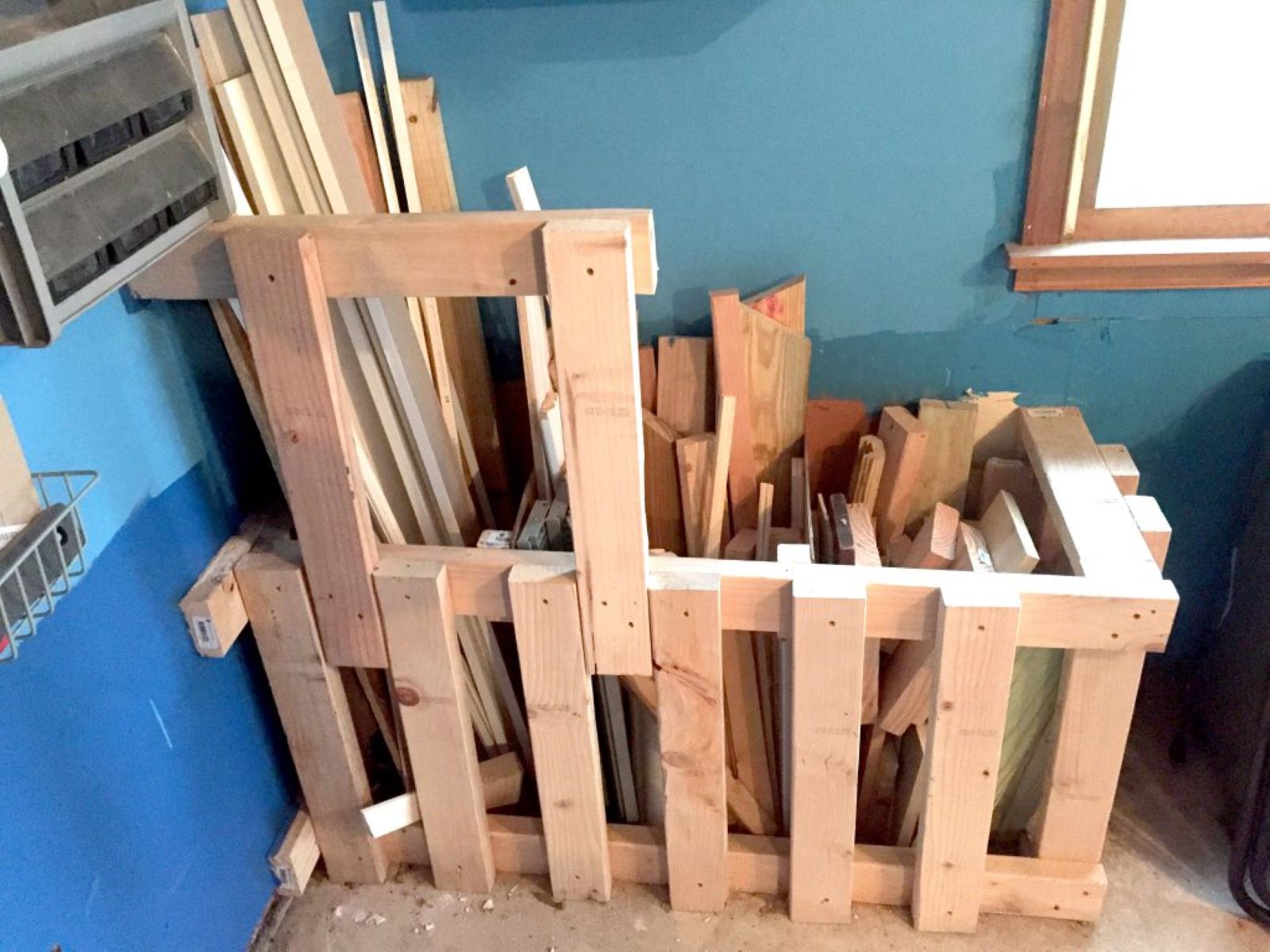
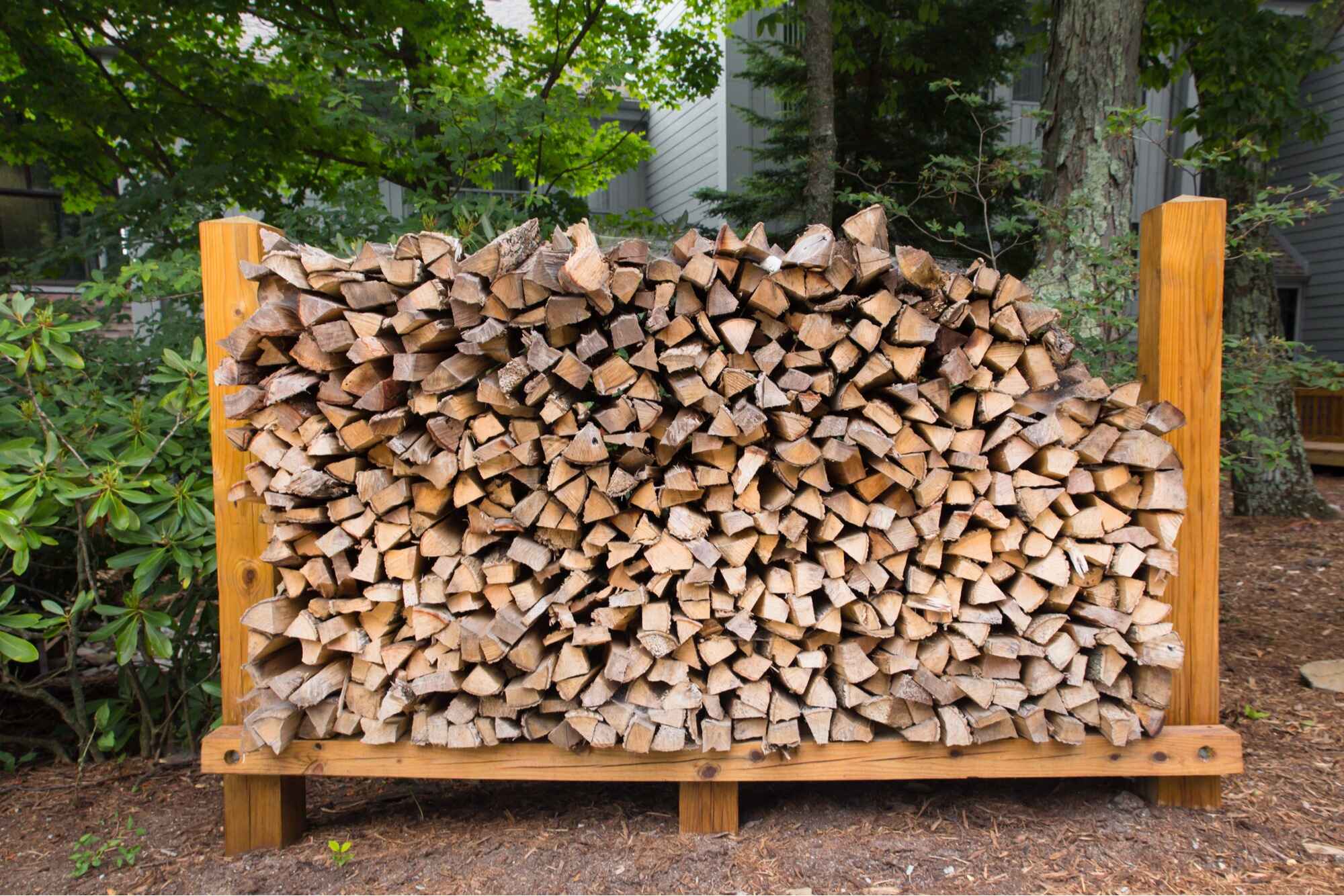
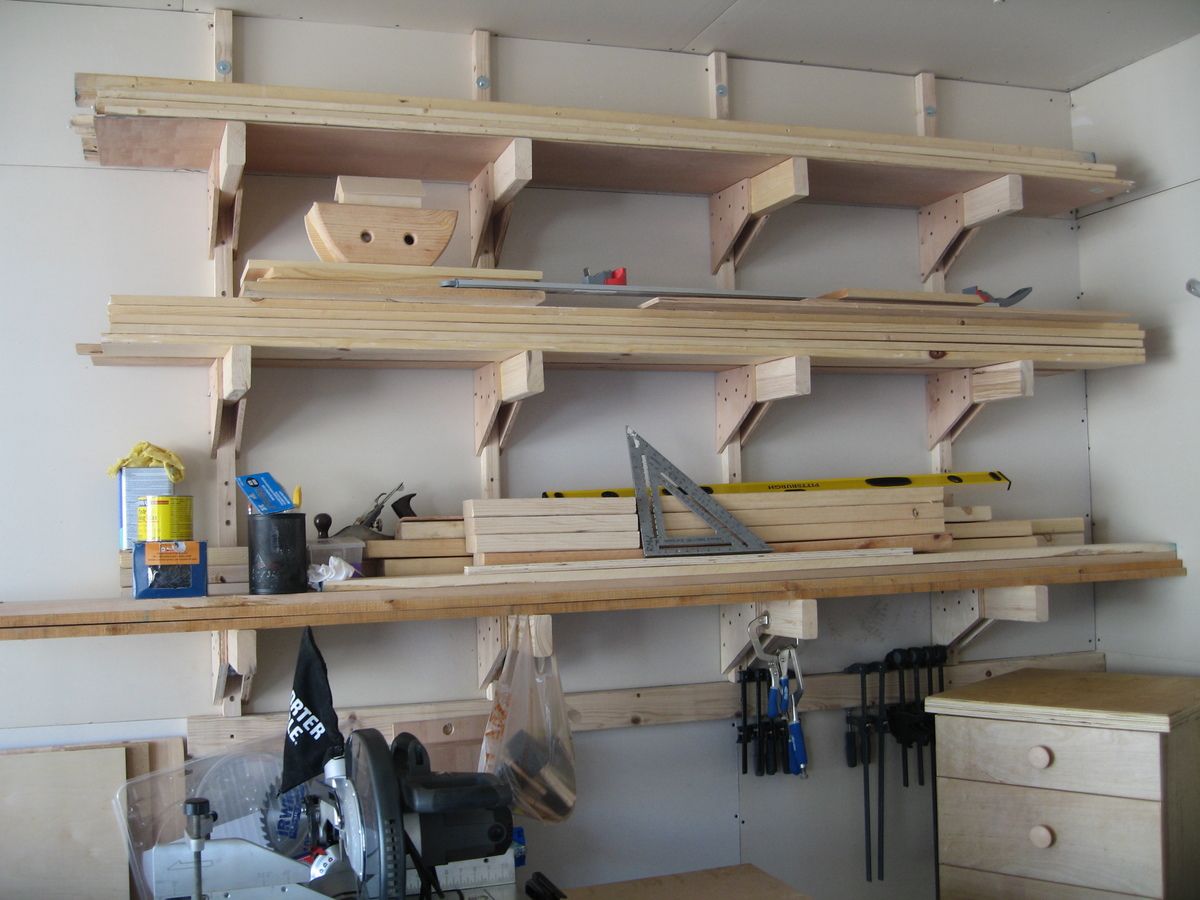

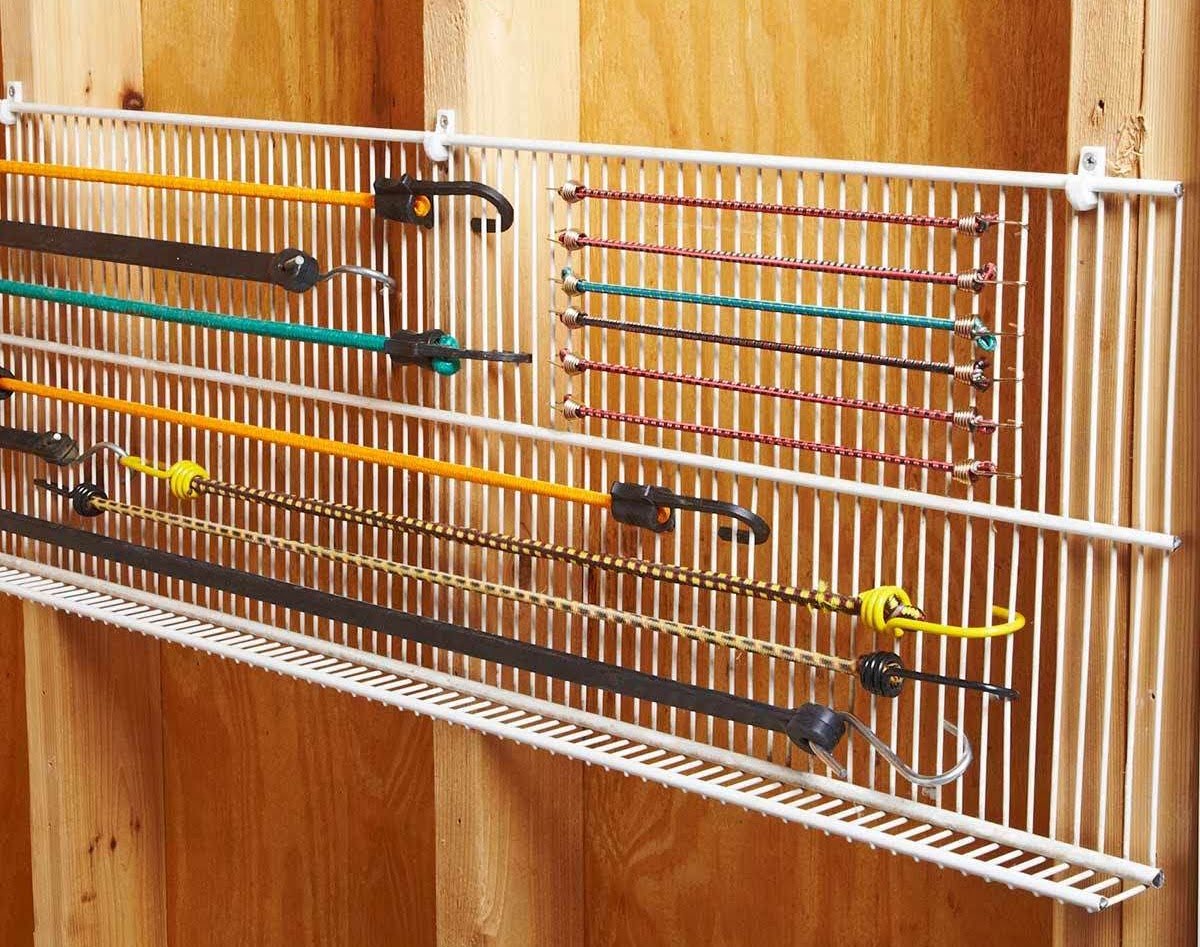
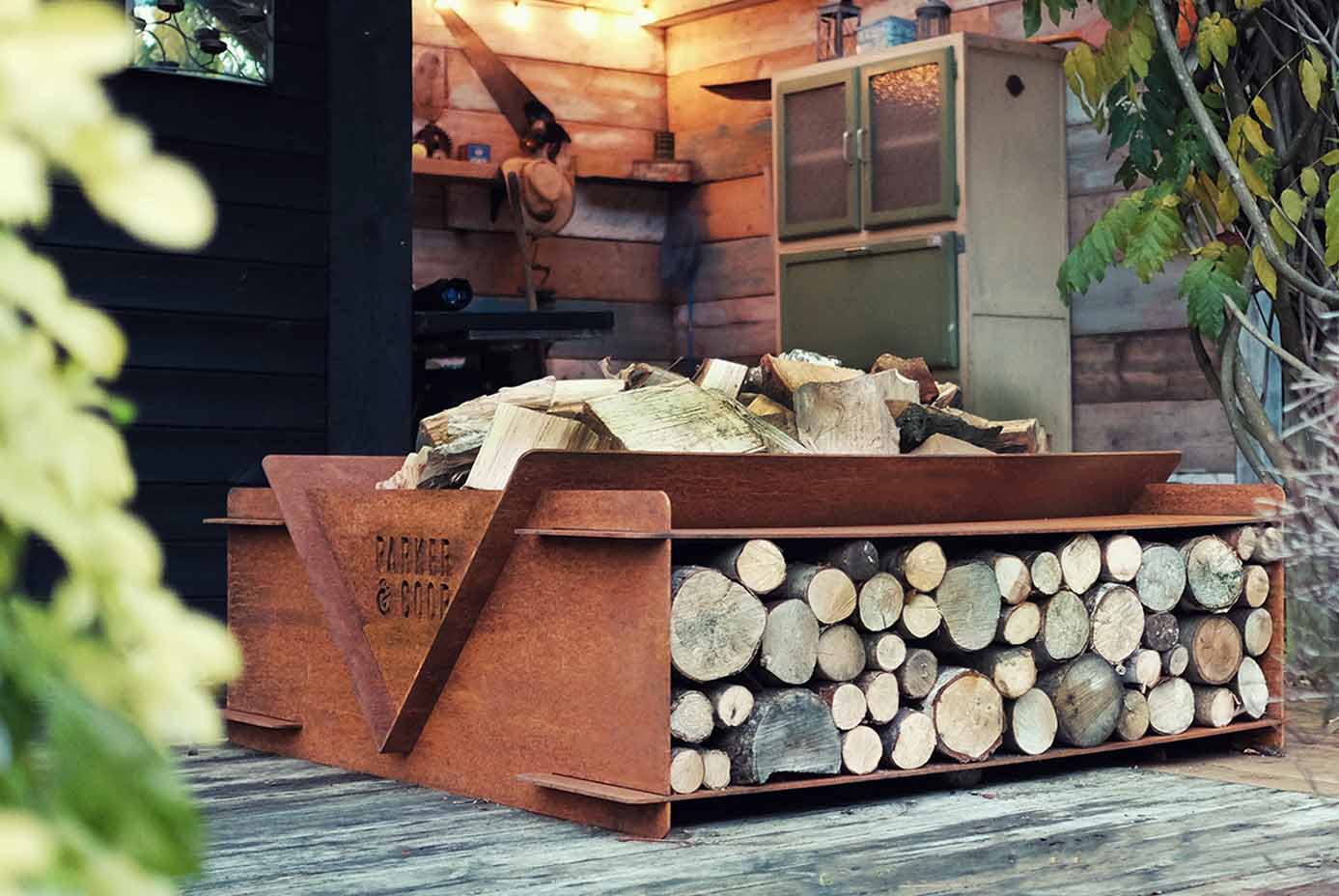




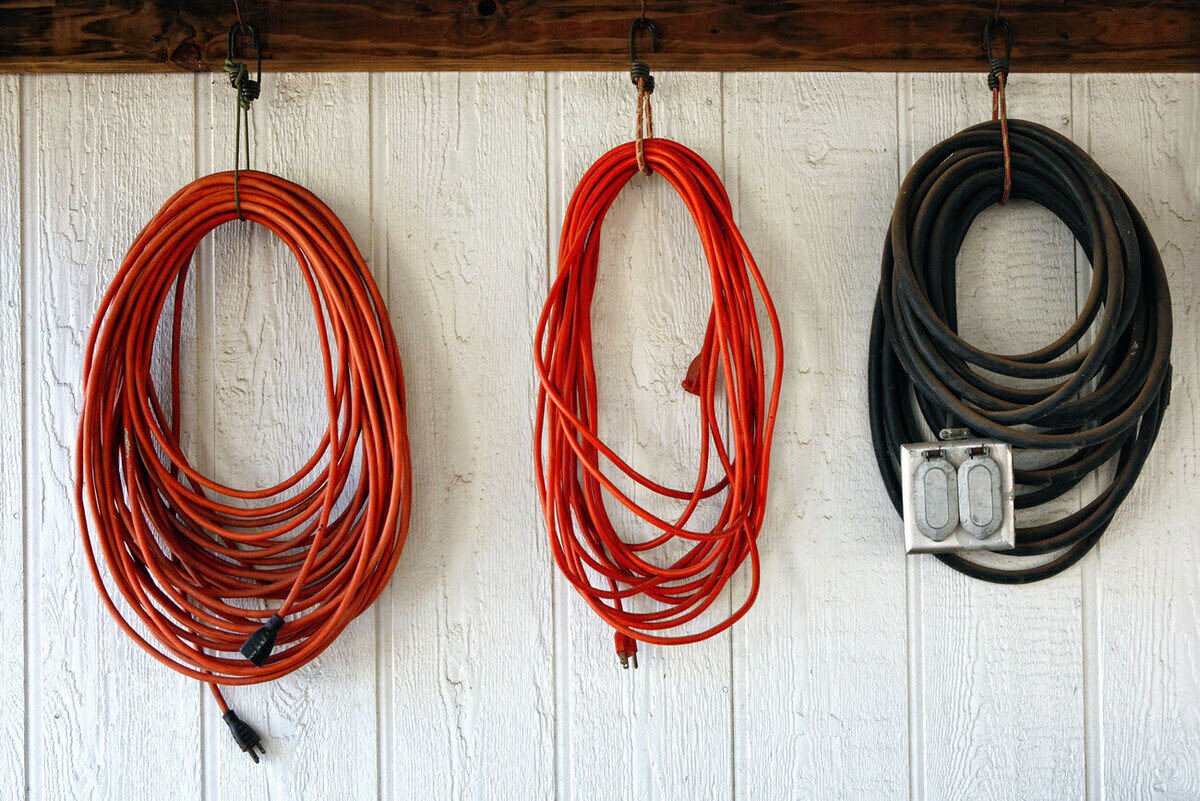


0 thoughts on “How To Store A Cord Of Wood”